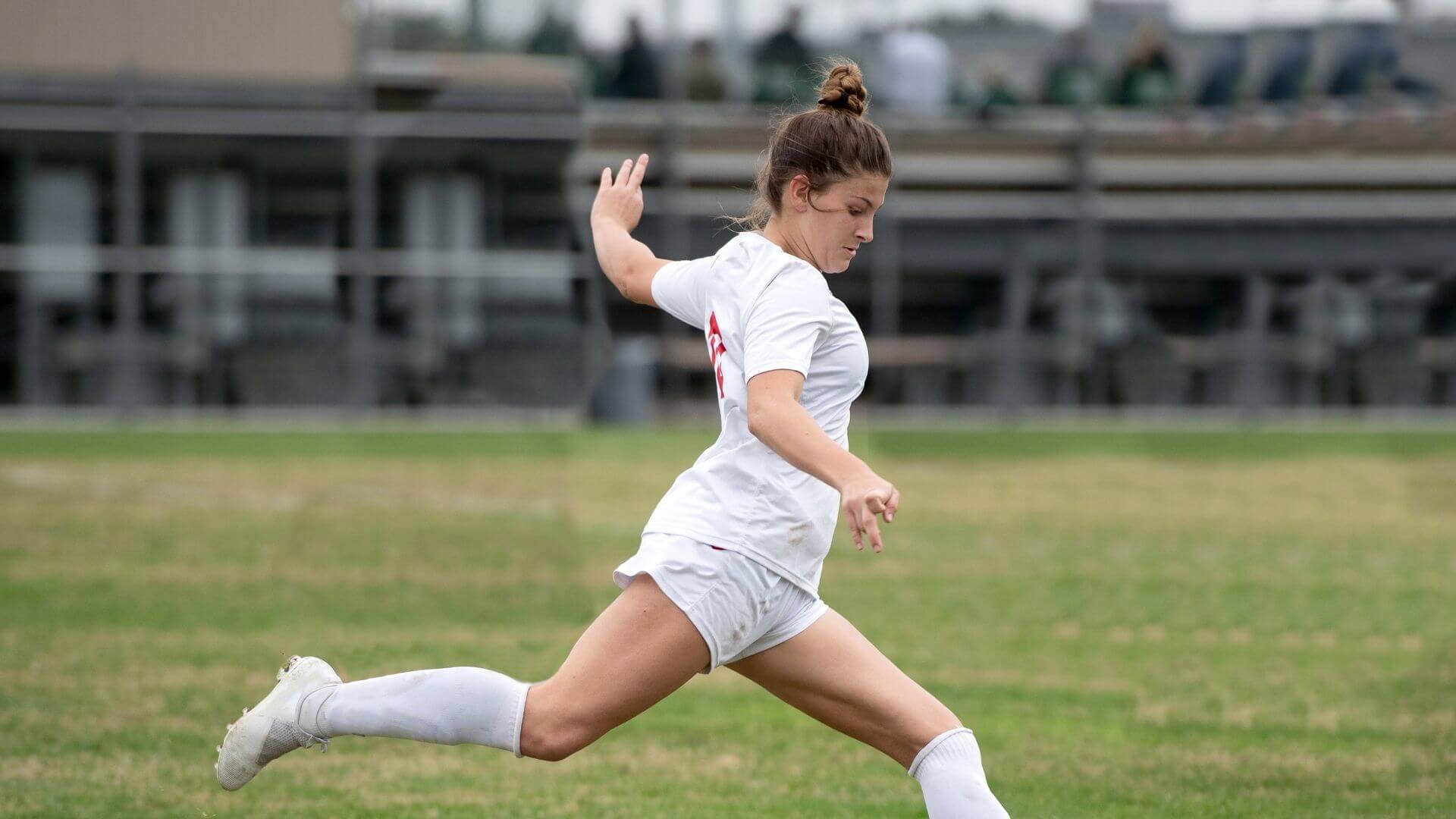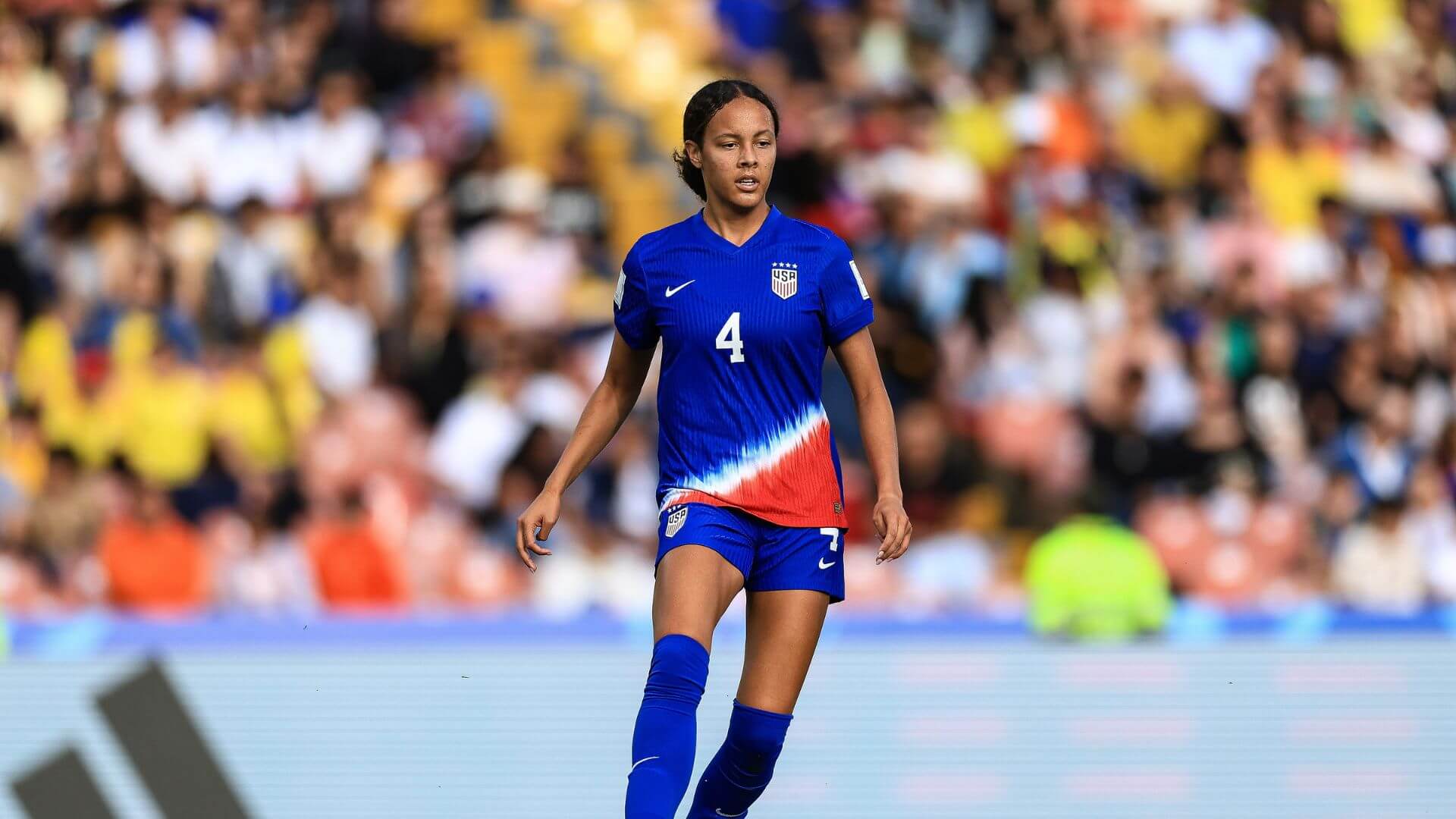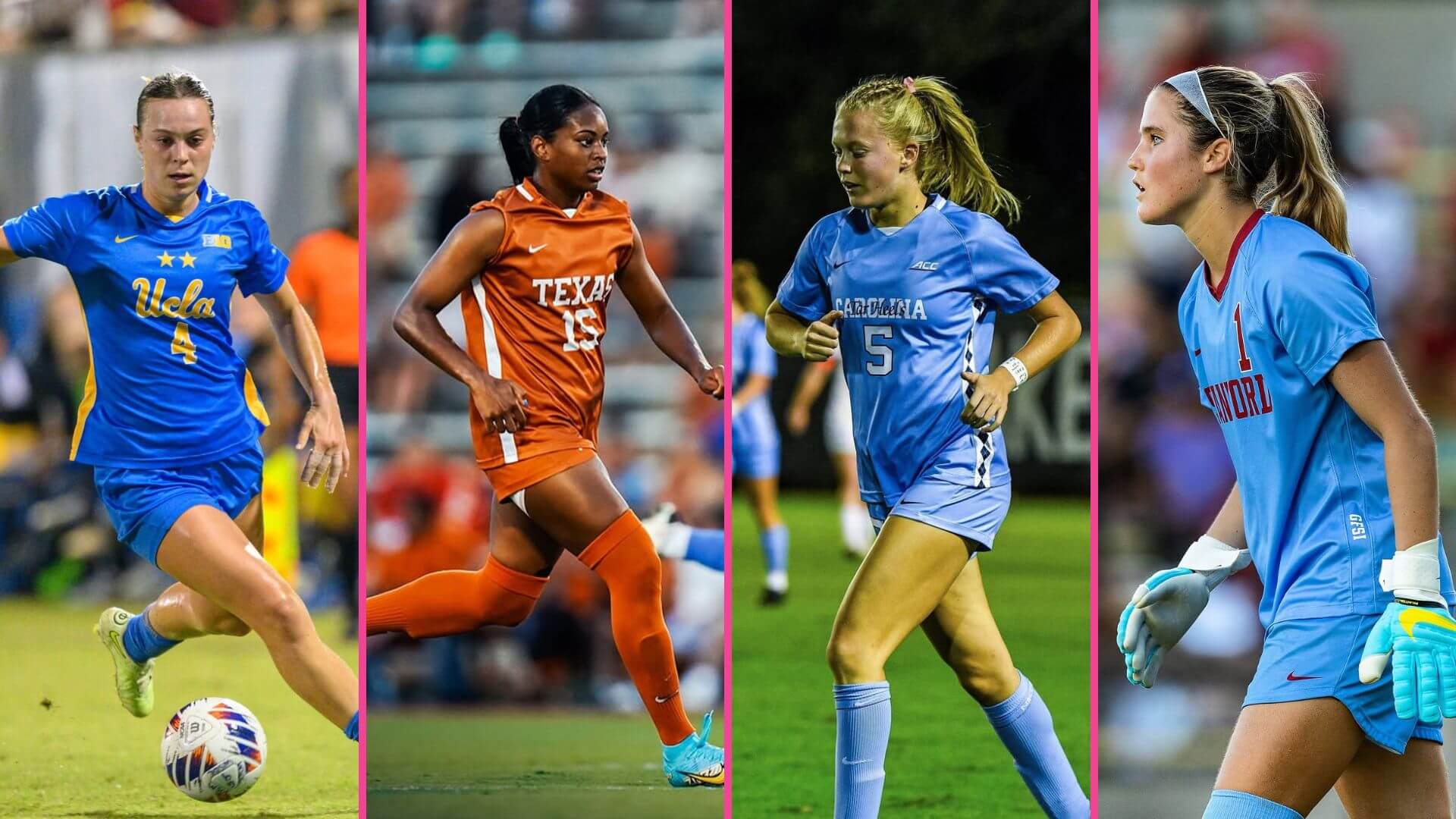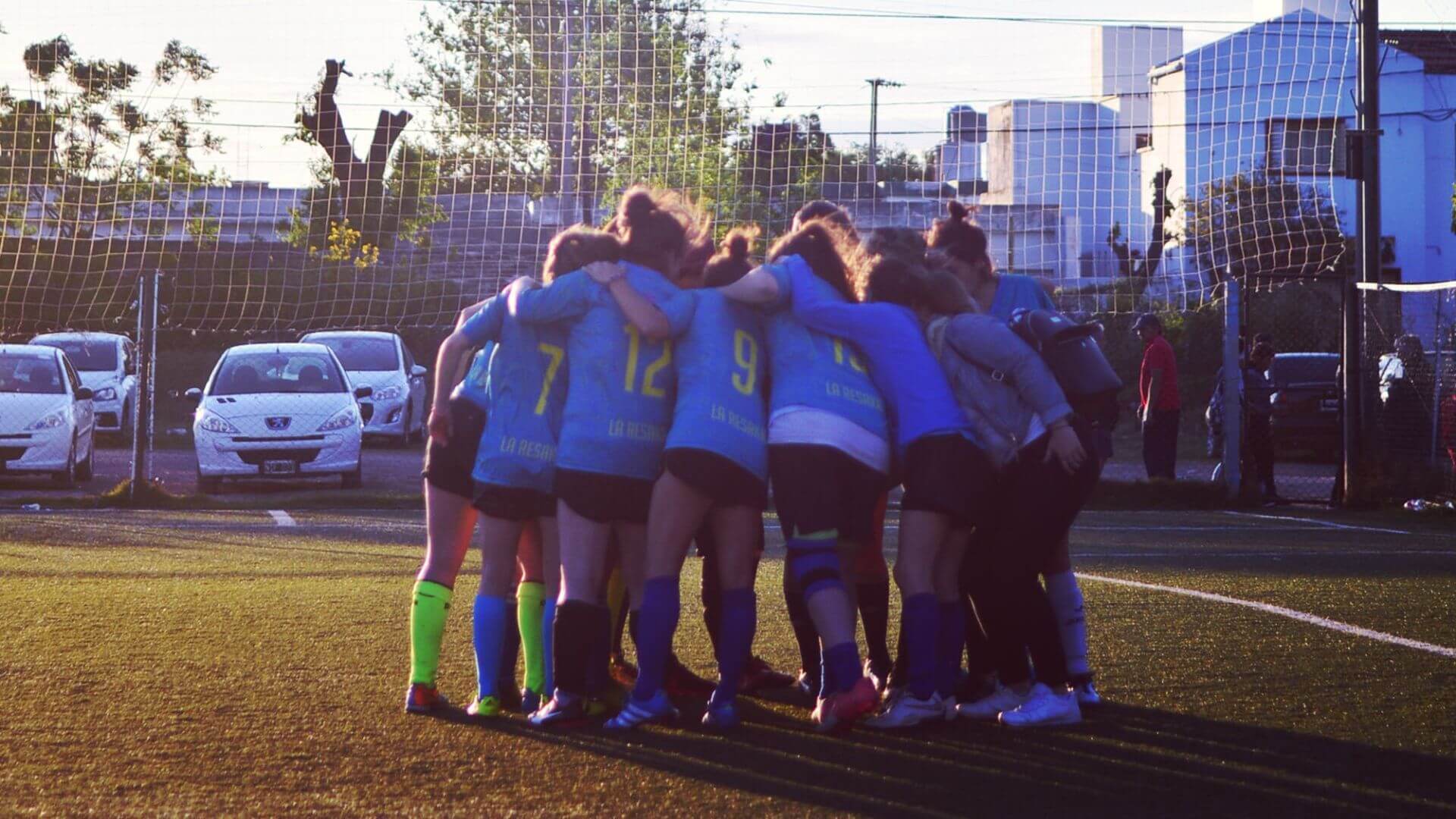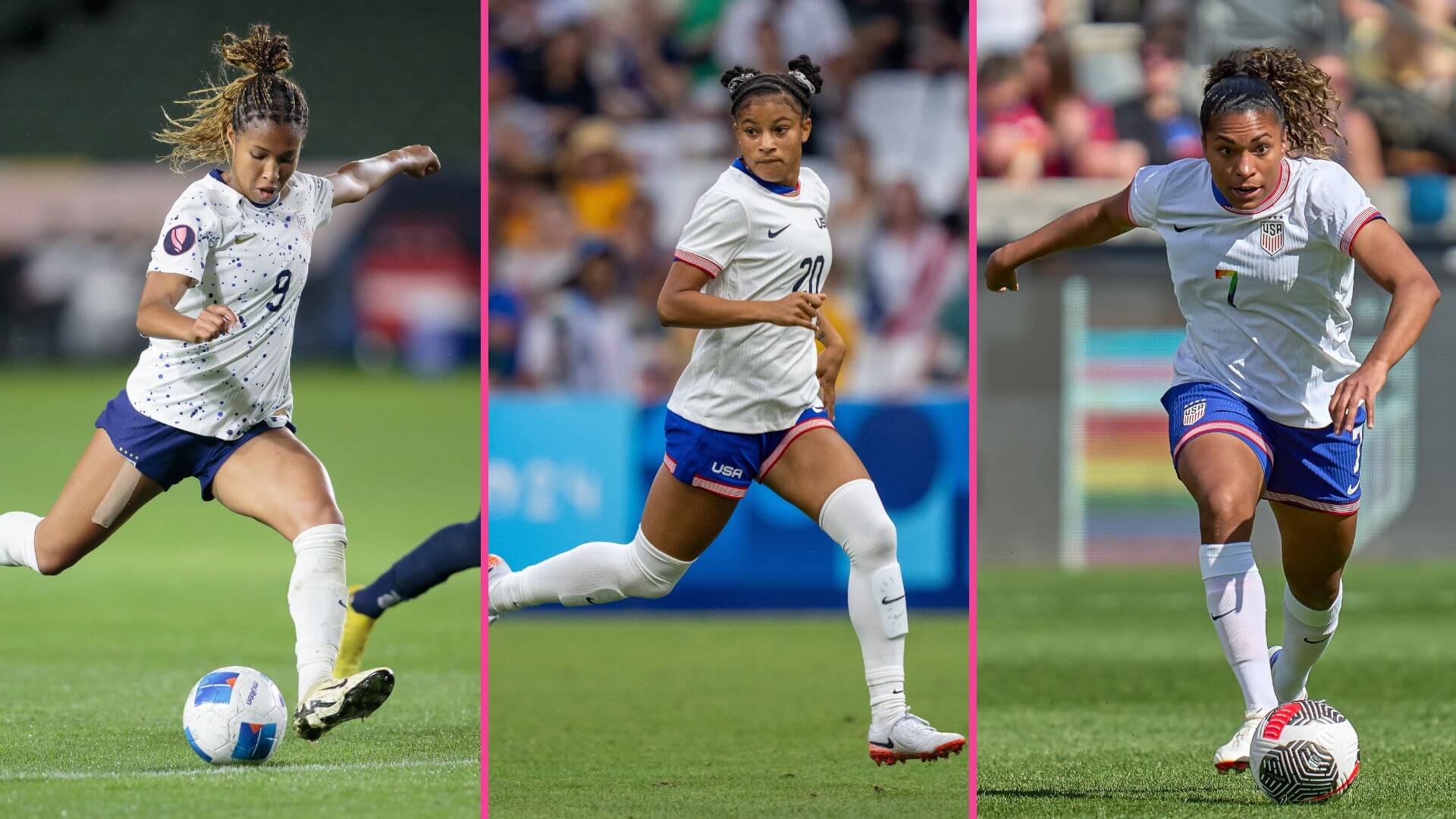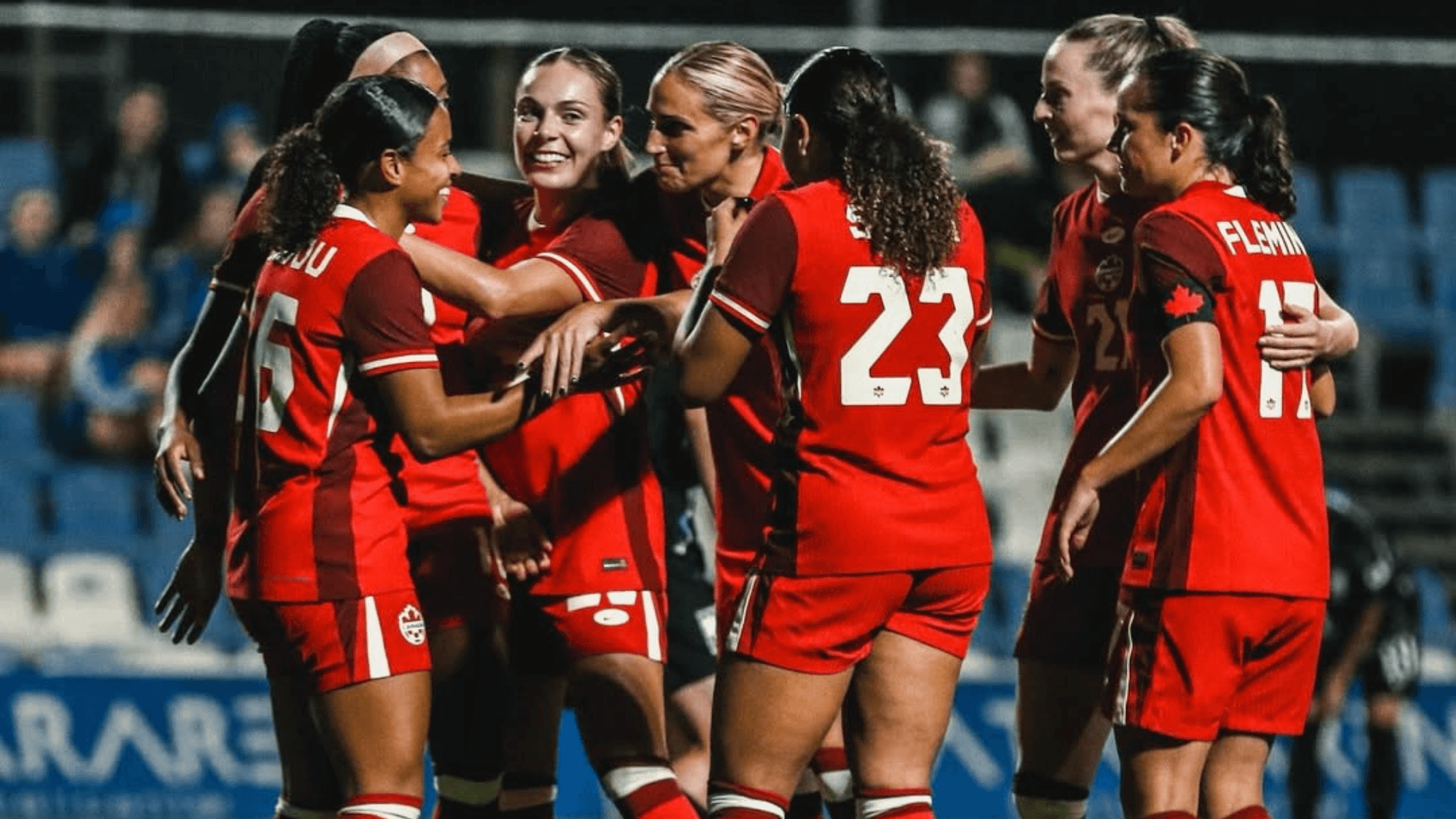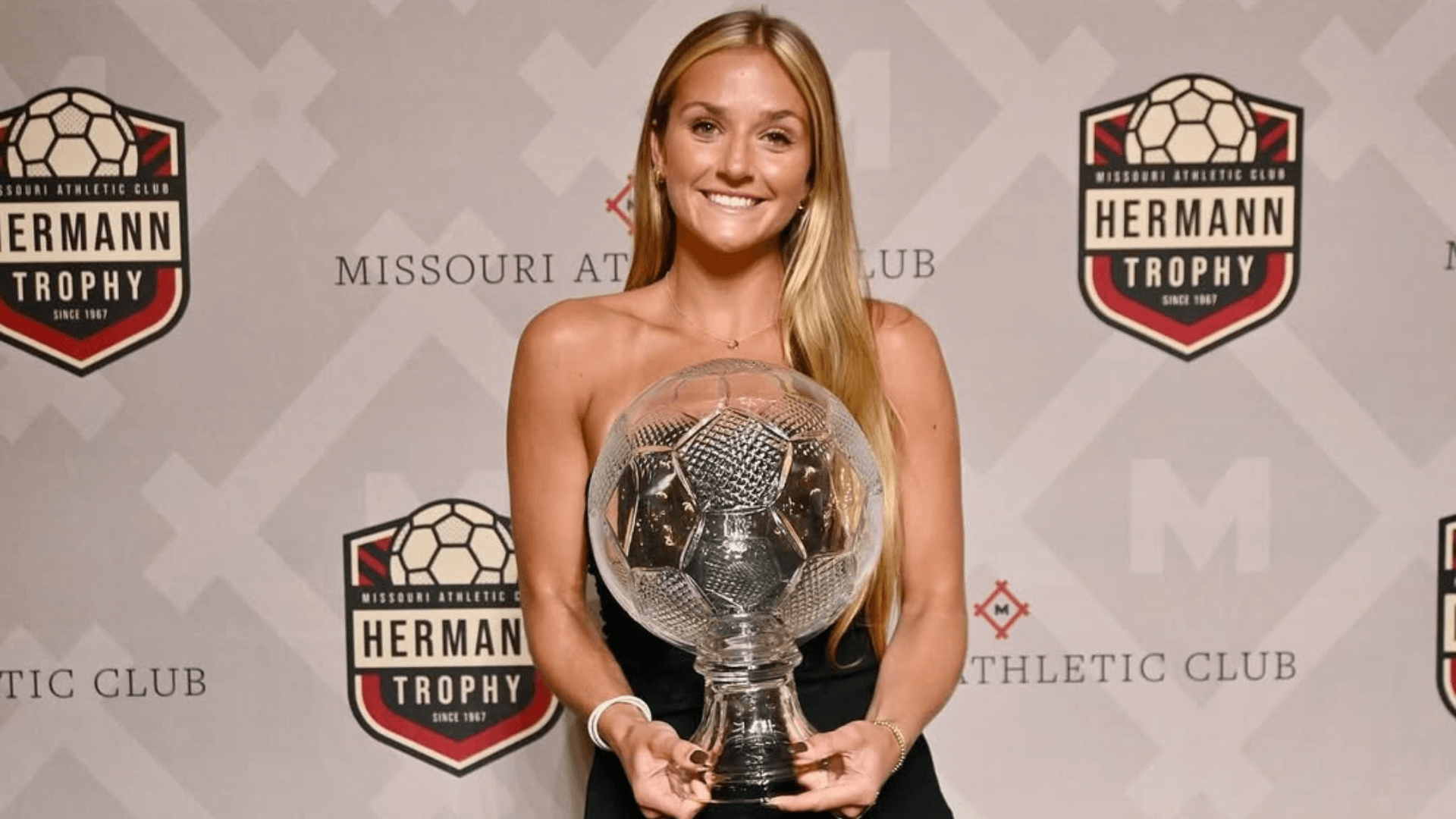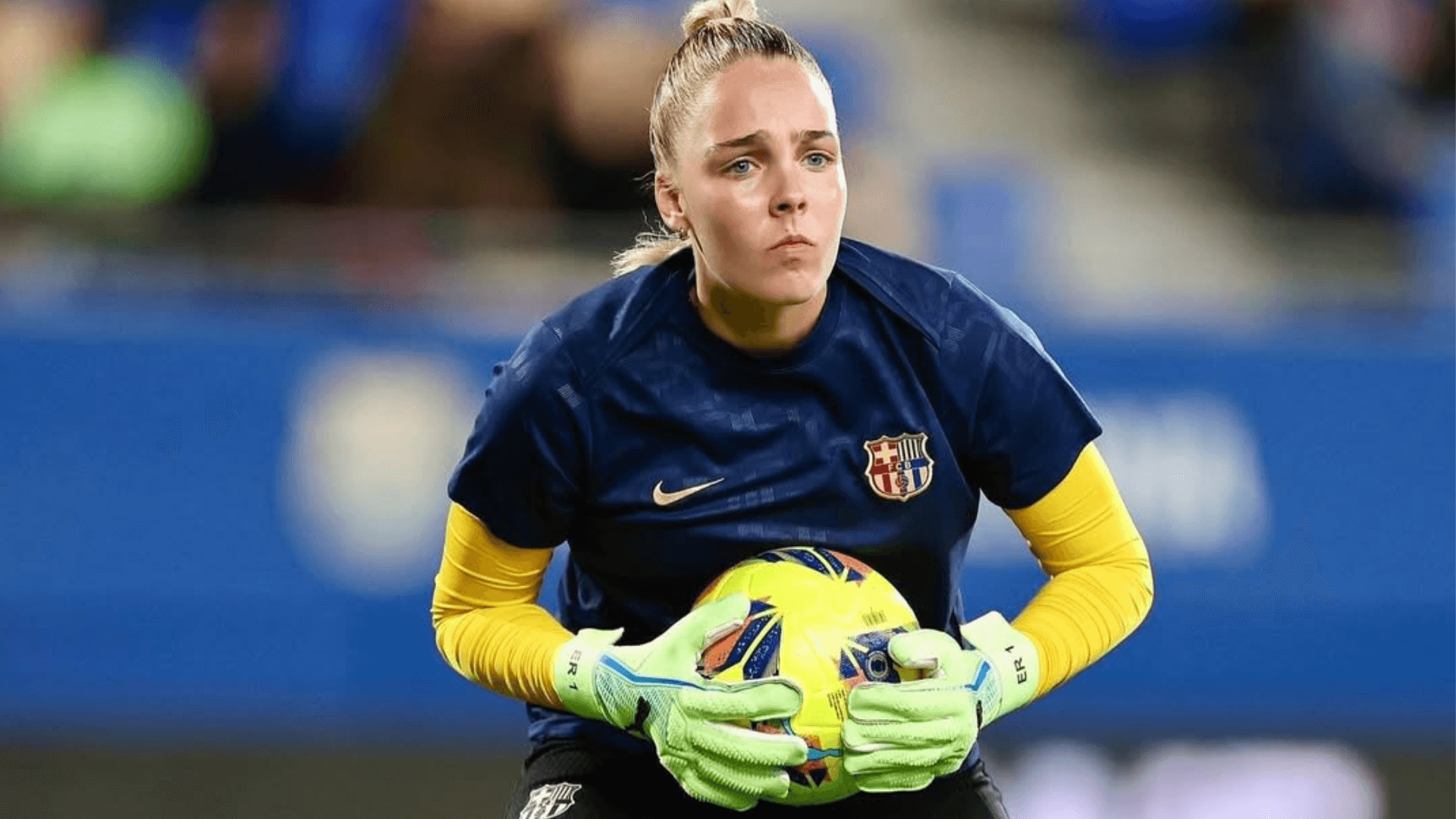Why More Players Are Skipping College To Join Pro Soccer Teams
Worldwide, women’s soccer has evolved in recent years, especially the pathway from college to pro soccer for young players in the United States. Up until recently, the norm was for players in the U.S. to play four years in college before turning to a professional career. This has changed, though, and we see more and more top prospects either skip college altogether or leave college early to join a professional team.
Lindsey Horan was the first American player to forgo a college scholarship and turn pro. She opted to join Paris Saint-Germain in 2012 instead of playing at UNC. Then in 2017, Mallory Swanson (nee Pugh) also decided to turn pro, joining the Washington Spirit. At the time, she became the youngest player in the NWSL. Ever since Swanson, though, quite a few players have elected to skip college.
Bigger and Better Opportunities to Turn Pro
The opportunities aren’t just in the NWSL, though. There are multiple leagues abroad that are attracting young players as well. In other countries, there isn’t college soccer. Instead, the expectation is that the top players will play professionally whenever the opportunity arises, and that’s what we’re starting to see more of here in the U.S. No longer do players have to play collegiately in order to thrive in the pro leagues.
There are many reasons for this recent uptick in young players joining the league. One is stability. For so long, there wasn’t a stable women’s soccer league in the United States, but now the NWSL is in its 11th year with 12 teams. While there’s still plenty of room to expand the league and add more opportunities, there’s a greater sense of security in the league now.
With league stability in the U.S. and other countries as well, the salaries have increased pretty drastically. This makes jumping straight to pro soccer more realistic for players. For example, in 2021, the minimum NWSL salary was $22,000, but after the NWSL Collective Bargaining Agreement, the minimum salary increased by 60% in 2022 to $35,000.
Additionally, the CBA established retirement fund contributions, life and health insurance, and housing. As a result, the NWSL has reached a point where it can provide for players both as players and as people, making it a very attractive option for young prospects.
Top prospects are also fighting for a chance to earn a spot on the National Team. To do that, they need to play against the best players in the world each week. Even though college soccer is very elite in the United States, there is no comparison to the big leagues. Therefore, going pro is where players learn and advance their game to the highest potential.
The traditional college-to-pro pipeline is still very strong. But it’s not the only way to get into professional soccer anymore for players in the United States. We still see the NWSL College Draft each year, but we may see a growing number of players opt out of college after just a year or two to enter the draft.
Which Players Skipped College to Turn Pro?
Some big-name players have recently skipped college or left early to turn professional. Trinity Rodman, Tierna Davidson, Jaedyn Shaw, Diana Ordoñez, and Naomi Girma are among the best.
Most recently, 15-year-old Chloe Ricketts signed with the Washington Spirit, making her the youngest-ever NWSL signee. Before that, Olivia Moultrie made history by being the youngest player to appear in the NWSL.
During the 2023 NWSL Draft, Alyssa Thompson became the first high school player to be drafted. Angel City drafted her with the first overall pick. The second overall pick, Michelle Cooper, decided to turn pro after playing two years of college soccer.
Featured image via Getty Images
_
GIRLS SOCCER NETWORK: YOUR SOURCE FOR GIRLS SOCCER NEWS



